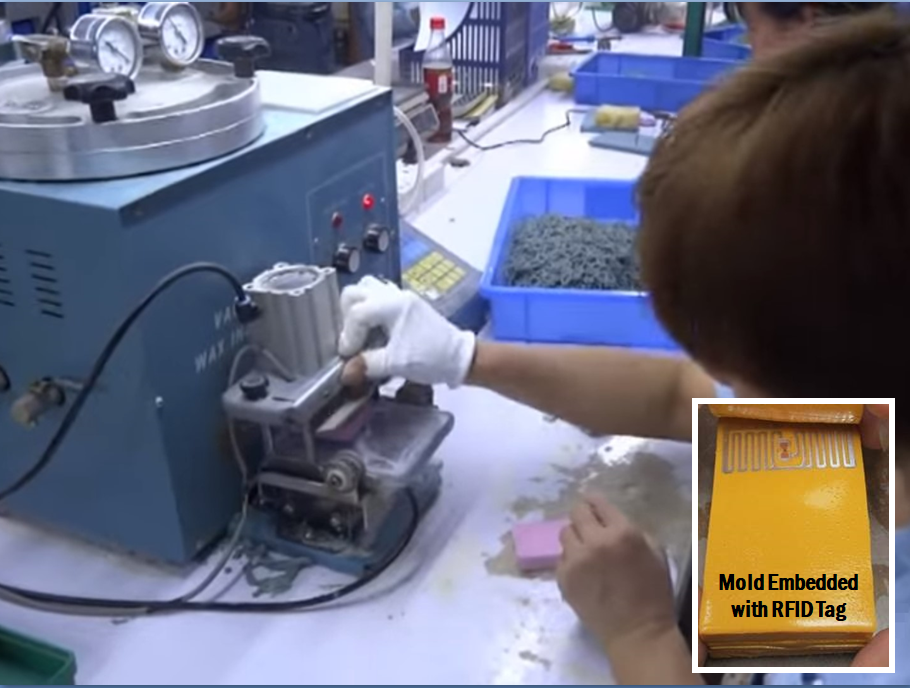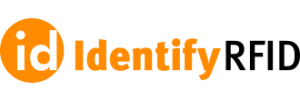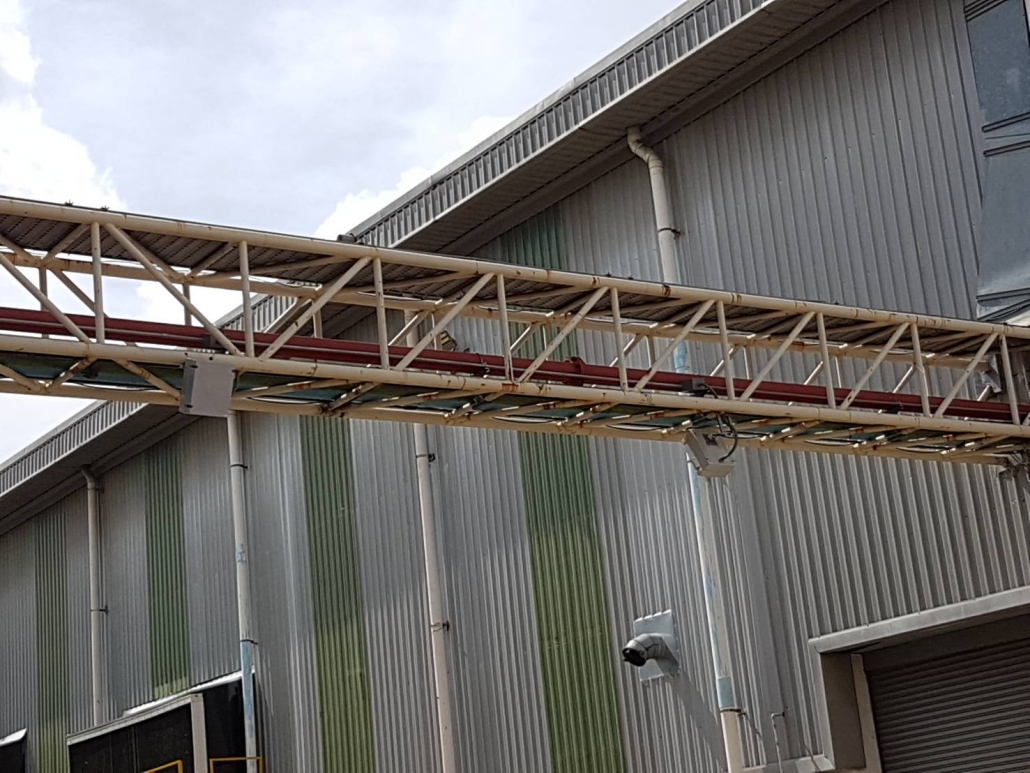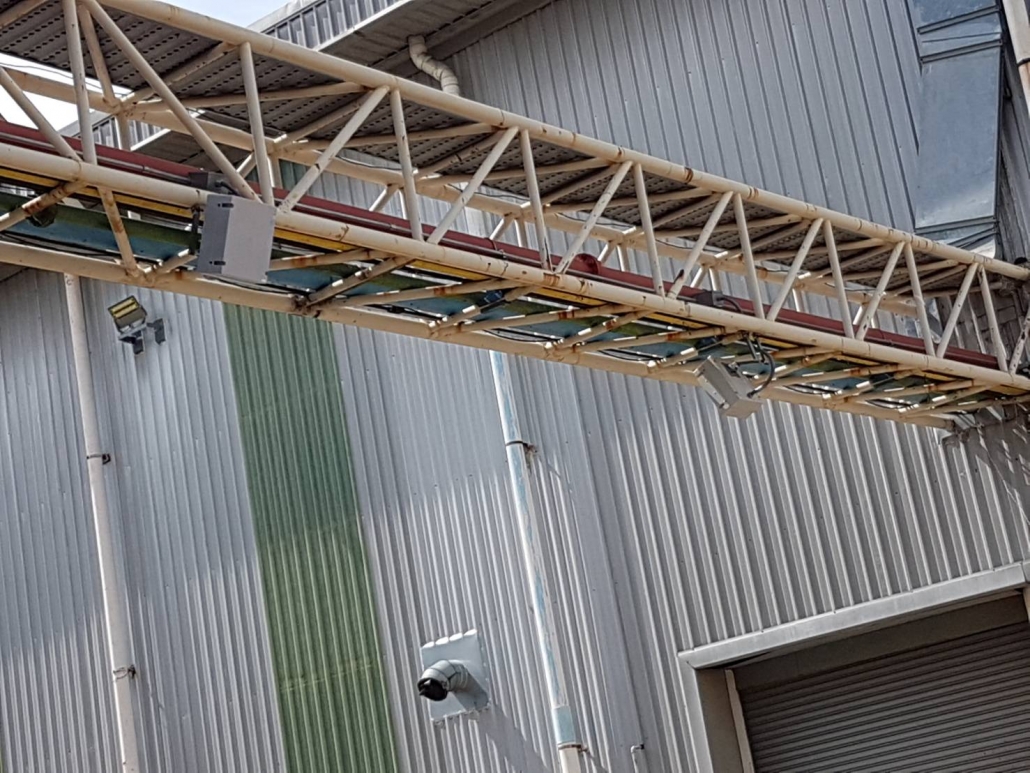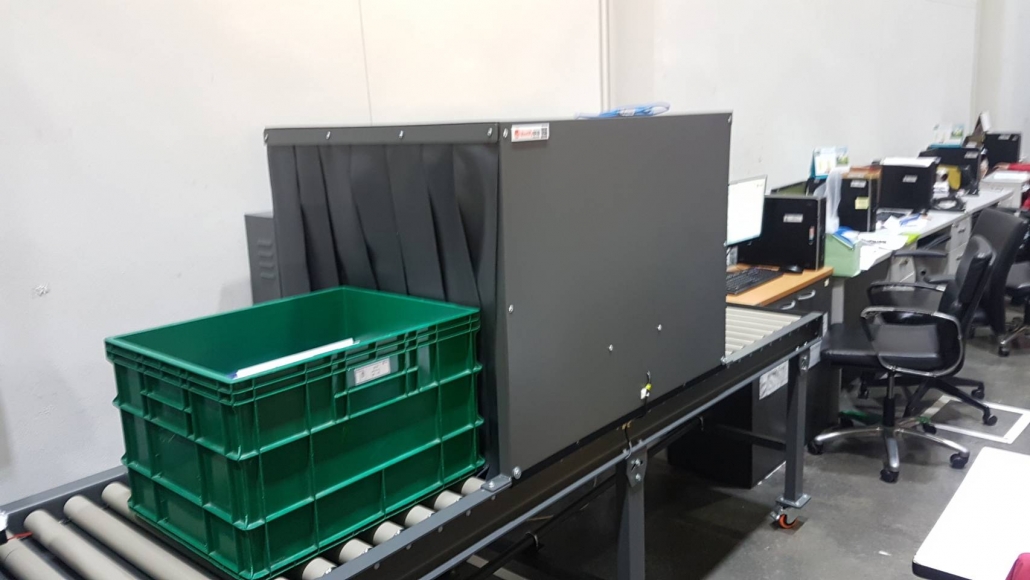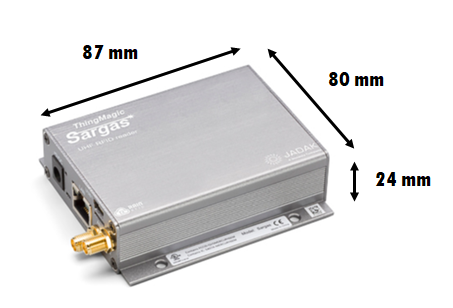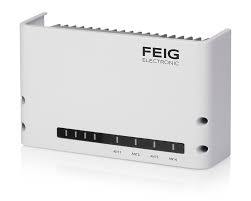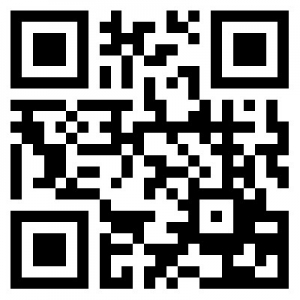RFID MOLD MANAGEMENT
Description
Mold management is a challenging task, particularly in jewelry industry. Each mold has limited life time by calculating from the frequency of usage. Using the mold beyond its lifetime can easily damage the final product which is jewelry. However, there is no data capture technology to effectively identify the mold and count it. Bar label cannot be used because it will be easily damaged and need manual scan. Our RFID Mold Management solution developed to fix this drawback.
How it works
Identify has developed a RFID Mold Management solution for this purpose. RFID tag is embedded in each mold. RFID readers are installed in the mold store room and individual working station. Before taking the mold to the production, each mold is read by the reader at the store room. At this stage, Identify software will associate the usage of each mold to the production order. The RFID reader at the working station will count the number of usage of each mold automatically. The software will notify the staff when there is any mold which is close the expired period.
This allows complete automated wireless identification of each mold without impacting the existing production processes. As the mold pass through a RFID reader, the associated information of particular mold will be passed for further process. For example, the RFID reader at the mold store room will enable us to know the type of mold being used in each production order and increase the visibility on the number of mold in stock. This will enable us to make a plan on the type of mold in stock. In addition, the reader at the working station will automatically count the frequency of mold usage. We can avoid using the expired mold to avoid product damage.
Benefits
- No manual operation is required
- Provides error free in data gathering process. Automatic identification and notification whenever any mold is close to expired period.
- Increase the visibility on the mold in stock
- Reduce the defected product resulting from using the expired mold
Applications:
- Mold management
